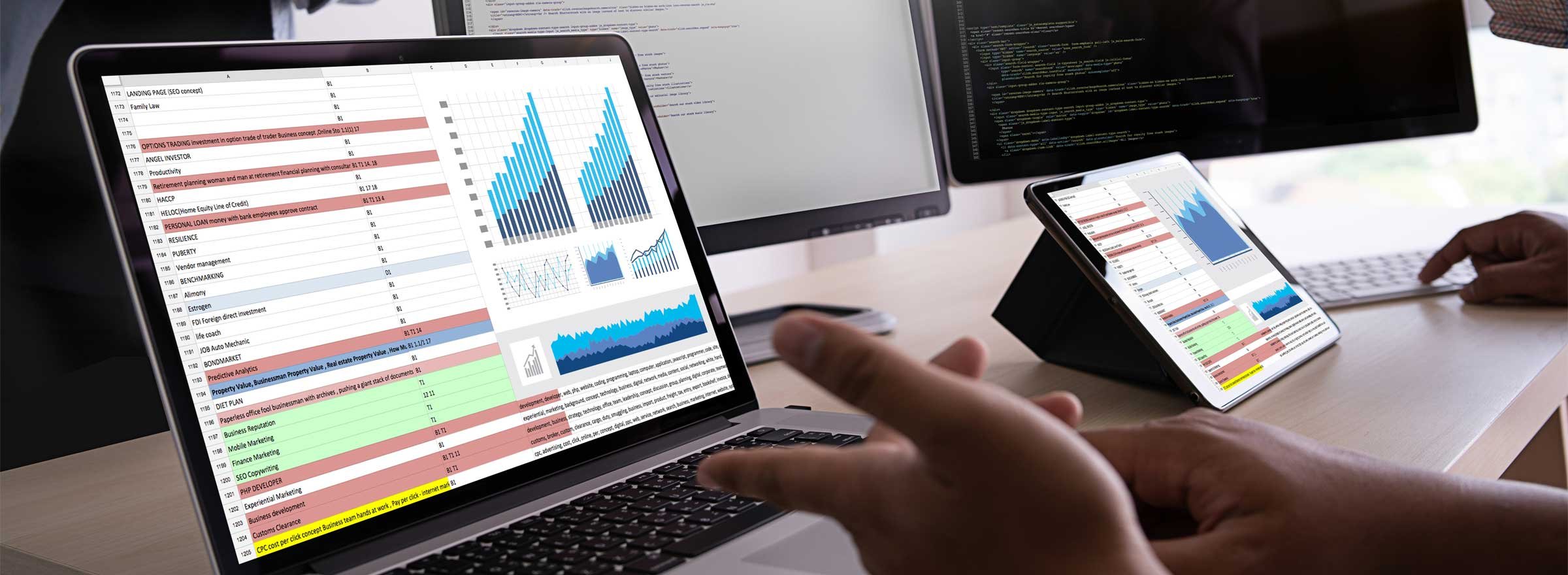This post is adapted from a post by Cause Inspired. You can find the original version on the Cause Inspired site.
Monitoring your website performance can give you great insights into low-performing landing pages and high-performing calls to action. It can guide you on the right changes to make and pages to optimize while also letting you know what is working well and what channels are driving the most traffic to your website.

An easy and free way to monitor your website is through Google Analytics. Google Analytics is a website analytics tool offered by Google that tracks and reports anonymous and aggregated data about the users on your website and how they got to your website. With such vast capabilities, Google Analytics can feel overwhelming at first. Below are four ways you can start to use Google Analytics every day. This will equip you with meaningful insights to inform your digital strategy and decision-making.
Importantly, if you use Google Ads, you can track the engagement on those ads with Google Analytics.
Please note that Google will be ending support for Universal Analytics properties on July 1, 2023, so we strongly recommend that any organizations using Universal Analytics properties should begin the transition to Google Analytics 4 properties as soon as possible. You can delve deeper into these changes and what they mean for Google Analytics users by reading TechSoup's blog post on the topic.
1. Check Your Weekly Users
You can see how many users are visiting your website in multiple places in Google Analytics, but the easiest way to do this is by clicking on the "Audience" section and then clicking "overview." Once you are there, you can view the number of users you've had in the past week and toggle on your comparison to see if this number has decreased or increased. Make sure you adjust your date range in the top right corner of your screen. Toggle on the comparison feature if you want quick information on increases or decreases. Using this you can determine if you are up or down in traffic, which can be a great insight when it comes to seasonal or competitive shifts in performance.
2. Check Your Traffic Channels
Knowing the source of your users gives you even more information on how to maximize your website's performance. When you know the channels that drive traffic to your website, you can better see what investments are bringing the greatest return. View this information by clicking the "Acquisition" section; then choose "Channels" and then "Overview." Here you'll find many different channels that show how many users they have brought in within a given date range.
Ask yourself, which channel is driving the most traffic? That's a channel that has been nurtured or high performing and perhaps should be given more investment or could be replicated in different areas. Which channel is driving the least amount of traffic? That is an area that needs to be optimized further. Note that you can click into these channels, such as clicking on the "Social" channel, and it will pull up the exact source/mediums responsible for those users, such as Facebook, Twitter, or LinkedIn.
3. Explore Your Popular Pages
By now you might have noticed the goal of checking your Google Analytics account every day is to gather insight on what to replicate and what to not repeat when optimizing your website. Naturally, the next suggestion when looking for this information is going to be exploring your most popular pages. The easiest way to do this is to navigate to the "Behavior" section, then click "Site Content," and then "All Pages." Your pages will automatically be listed in order of page views so you can see what is being viewed most often. Ask yourself, what can you replicate from these pages to help other pages on your site perform better? Note call to action structure, copy density, and the placement of images on your page. Use those to inspire new content in the future while monitoring your website's performance on a consistent basis.
Still new to Google Analytics? Check out the free Google Analytics 101 Navigation Guide and sign up for the Cause Inspired newsletter to stay up to date with all things nonprofit technology facing.
4. Optimize Your Google Ads
If you use Google Ads to get the word out about your organization, you can link your Google Ads and Google Analytics accounts. By allowing you to import and measure conversions across both platforms, you can get a fuller picture of the effectiveness of your ads. Linking the data from both platforms also helps you to track the full journey of your potential supporter.
Linking your accounts allows you to use analytics data for remarketing in Google Ads. This means that you can create audiences in Google Ads based on users' past interactions with your organization and deliver them the most effective materials.
Nonprofits can also access grants towards running ads on Google, as well as TechSoup Managed Services for Google Ads. The four tiers of service for Google Ad Grants can help you make the most of your grant, from accessing the grant itself to creating content for your ads, ensuring compliance, and carrying out keyword research to dial into your audience.
Make the Most of Google Analytics
Whether you’ve been navigating Google Analytics for years or for the first time, there’s always something new to uncover. By making the most of Google Analytics, you can learn more about your potential supporters and encourage them to get involved.
Additional Resources
- Check out the series from TechSoup Courses, Gotta Get Google Analytics.
- Start Getting a Handle on Google Analytics.
- Learn about KPIs Every Nonprofit's Website Reporting Should Include.
- See our webinar Measuring What Matters with Google Analytics.
Top photo: Shutterstock







